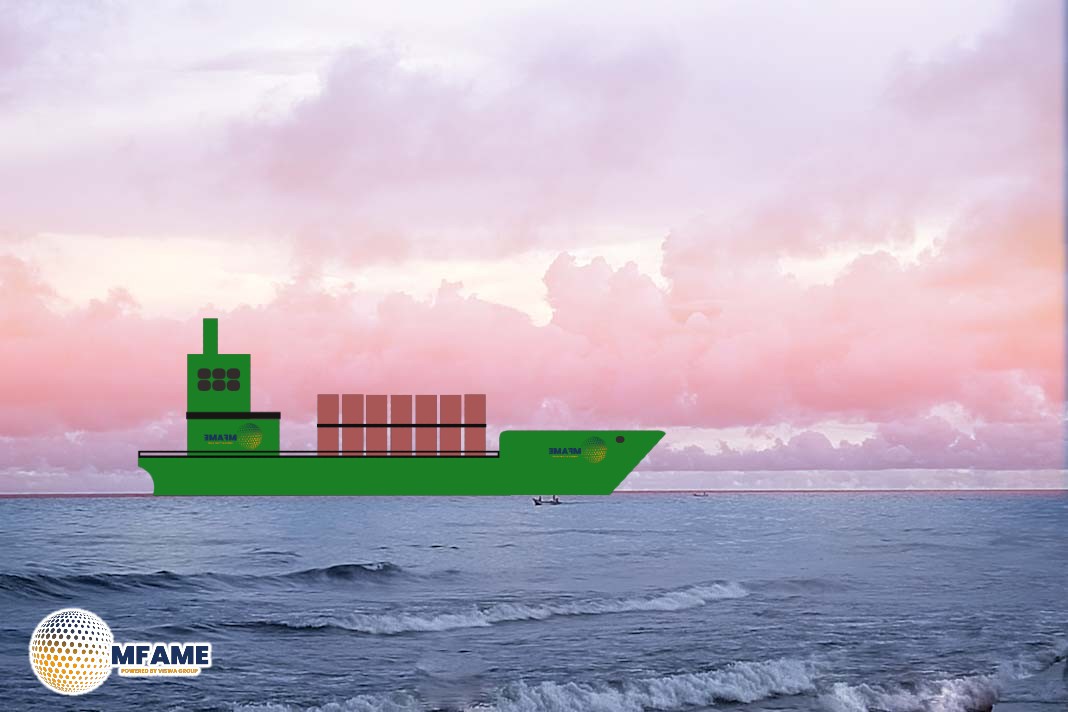The American Club has issued guidance on protecting vessels and cargo to prevent claims due to hazardous and heavy weather, reports Safety4sea.
What’s “heavy weather” for one vessel might not be the same for another vessel, particularly related to vessel motion and the potential for heavy seas to damage the vessel and cargo.
According to the American Club, the risks depend on the vessel’s size, draft, and trim, the stability characteristics for its loaded condition, sea conditions, the shape of the hull, and the vessel’s speed and heading.
Heavy weather has also caused damage to cargo, resulting in cargo-related claims. Data indicates overall that the most common risks to cargo on all types of commercial vessels are physical damage, water damage, and loss of cargo overboard.
Furthermore, for bulk carriers specifically, a common cause of damage to cargo is water ingress from cargo hatch leaks during periods of heavy weather.
When heavy weather is anticipated along the intended route, the mariners, as well as shoreside management, should continuously assess the risks and mitigate them as appropriate.
Recommended actions
This includes the following recommended actions:
- Monitor the weather and monitor forecasts from multiple sources.
- Understand the operational limits of the vessel in its currently loaded condition including hull stresses and the condition of hatch covers and seals.
- Know the crew’s readiness and experience in heavy weather.
- Know the cargo’s susceptibility to damage and pay close attention to the cargo stowage arrangement. Additional segregation or separation for incompatible cargo may be appropriate.
- Ensure the cargo securing manual is followed closely.
- Consider utilizing a weather routing service to reduce the risk of encountering heavy Heavy Weather – Protecting the Vessel and Cargo to Prevent Claims weather.
- Ensure the main engine(s), generators, and auxiliary machinery are in good condition.
- Check that all engine sump oil levels are at the upper end of the recommended range to reduce the risk that vessel motion in heavy weather will cause loss of oil suction.
- Ensure that fuel service tank(s) and fuel settling tank(s) are full and timely replenished.
- Doublecheck the underkeel clearance for the planned route to ensure adequate clearance in rough seas.
- Assess the feasibility of keeping the vessel in port or at a sheltered location until the heavy weather passes.
- Assess the feasibility of stopping cargo operations early to allow the vessel to depart well ahead of expected heavy weather.
If the vessel is at anchor in heavy weather:
- Closely monitor the vessel’s position in case the anchor is dragging.
- Consider paying out extra anchor chain.
- Consider deploying a second anchor.
- Use the main engine and bow thrusters if needed.
- Engines should be on standby and/or short notice.
- Consider the use of a standby tug.
- Consider getting underway and departing the anchorage.
If the vessel is in port during heavy weather:
- Increase the number of mooring lines and use additional bollards where possible.
- Secure and lift the gangway.
- Suspend all cargo operations.
- Consider the use of a standby tug.
- Secure the vessel as if underway in heavy weather.
- Place the main engine and bow thruster on immediate standby.
- Keep extra generators running.
- Document everything done to prepare the vessel and mitigate risks from the heavy weather in port.
Once the vessel is through the heavy weather, or the heavy weather has passed, several actions are recommended. The crew should:
- Assess the condition of all hatches, doors, vents, and other openings.
- Assess the condition of anchors and topside machinery.
- Assess the condition in the cargo holds if it can be done safely.
- Check for the presence of water and pump out cargo hold bilges.
- Assess the condition of all lashings.
- Assess the condition of all cargo.
- Sound all tanks.
- Document everything in the vessel logs and with photos, including any damage or the lack of damage to the vessel or cargo.
Did you subscribe to our daily Newsletter?
It’s Free Click here to Subscribe!
Source: Safety4sea















